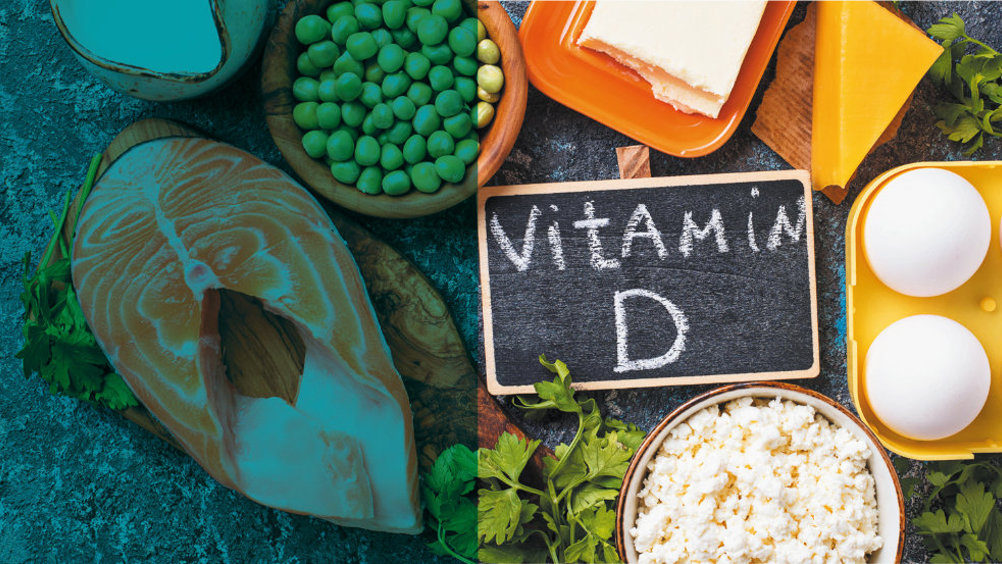References
Vitamin D supplementation: a necessary alternative?

Abstract
This month, George Winter considers whether supplementatation is needed when looking at ways to improve a patient's vitamin D concentration
In 1919 it was found that sunlight cured rickets (Minisola et al, 2019). Following trials in 1917, which involved babies being fed cod liver oil daily, the discovery of fat-soluble vitamin D in 1922 was then linked to rickets, despite researchers not understanding the reason for its benefit (Dobson et al, 2018). Vitamin D is derived from food such as vitamin D3 (cholecalciferol) and from sunlight, specifically ultraviolet B (UVB), which is the easiest way to generate adequate serum concentrations of 25-hydroxyvitamin D (25(OH)D), the crucial metabolite to determine the critical vitamin D marker. UVB acting on the skin converts 7-dehydrocholesterol (7DHC) – also a cholesterol precursor – to vitamin D (Grave et al, 2016).
We get 10-20% of our vitamin D from food, and 80-90% of vitamin D from sunlight (Dobson et al, 2018); and our main natural food sources of vitamin D are fish, eggs, meat and dairy (Minisola et al, 2019). However, because of the risk of uncontrolled exposure to sunlight causing skin cancer, the question has been posed as to whether Vitamin D supplementation should be considered as an alternative.
Register now to continue reading
Thank you for visiting Journal of Prescribing Practice and reading some of our peer-reviewed resources for prescribing professionals. To read more, please register today. You’ll enjoy the following great benefits:
What's included
-
Limited access to our clinical or professional articles
-
New content and clinical newsletter updates each month

